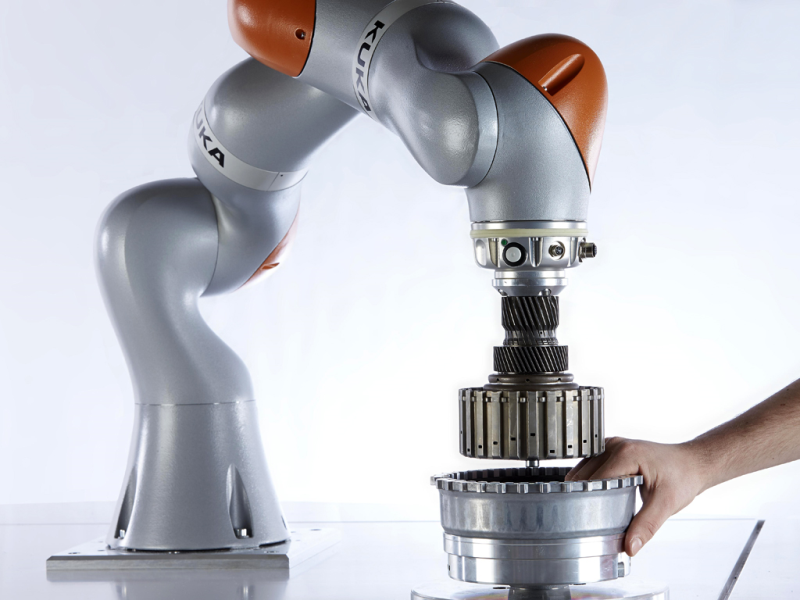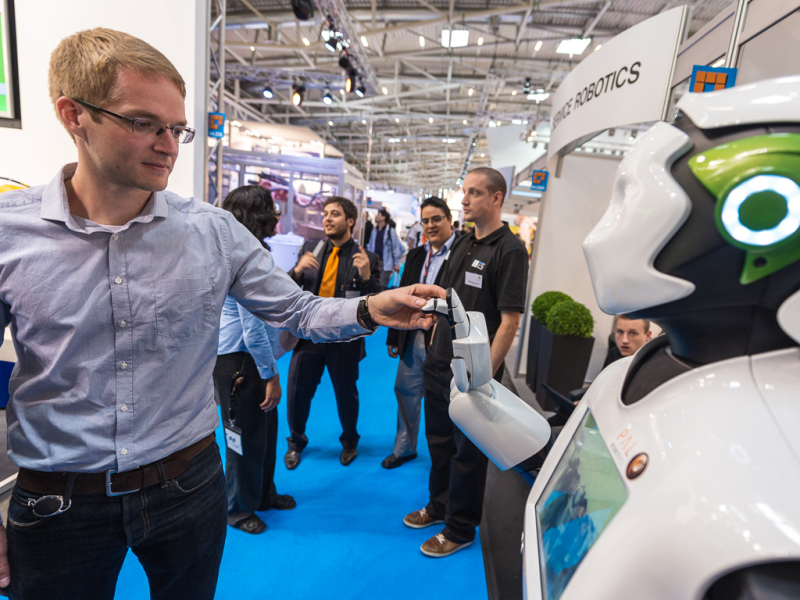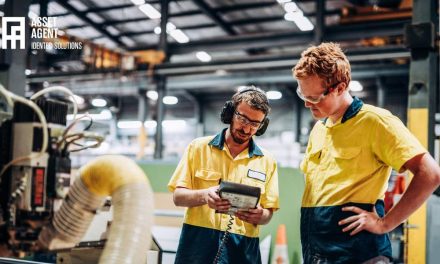Regardless of whether in mining or agriculture, construction, forestry or cargo handling, in soil or underwater, in the air or in space: service robots relieve people not only of dangerous work, but they also provide better quality of life. AUTOMATICA, showing in Munich from June 21st to 24th 2016, will present the latest developments in human-robot collaboration and industrial and service robotics.

A boy rushes through the corridors, open cabinets, pulls out clothes, rips open the fridge and gets a drink: an unusual sight for paraplegics. However, JACO makes it possible: The six-axis robot arm with his nifty three-finger hand takes over everyday tasks and gives back a bit of independence.
Clever, lightweight robot arms are also faithful helpers in production, especially where the high productivity of a robot can be combined with the sensory and cognitive capabilities of people.
Service Robotics in the Core of Industry 4.0
Industry 4.0 and the resulting applications are a chance to establish Europe as a technology leader and pioneer. An important milestone here is human-robot collaboration that ensures workplace ergonomics and better working conditions. Service robotics applications can help to master the challenges of an aging society.
When humans and robots work together directly
Intelligent service robots have become part of everyday life. They assume complex tasks, which could not be automated previously, with high precision and high quality. Thanks to stereo vision and 3D sensors, robots can scan their environment and consequently make elaborate security barriers superfluous. Connected to the environment via sensors and actuators, robots become cyber-physical systems (CPS), which are being networked increasingly with each other and with the Internet. The Internet of Things (IoT) will network all devices and robots of an automated production chain regardless of location in the future.
Lucrative future potential for Europe
According to the International Federation of Robotics (IFR), the market for professional service robotics will continue to grow tremendously. About 150,000 units are expected to be sold by 2018, thereby providing sales of approximately 20 billion US dollars. The growth rate in this area was a solid 11.5% last year alone. The most important applications in the civilian sector are agriculture, logistics and medicine. Henrik A. Schunk, Managing Director of SCHUNK, stated “Service robotics is in the middle of implementation. It has the potential to drive the Industrial Revolution forward to an incredible degree. “


